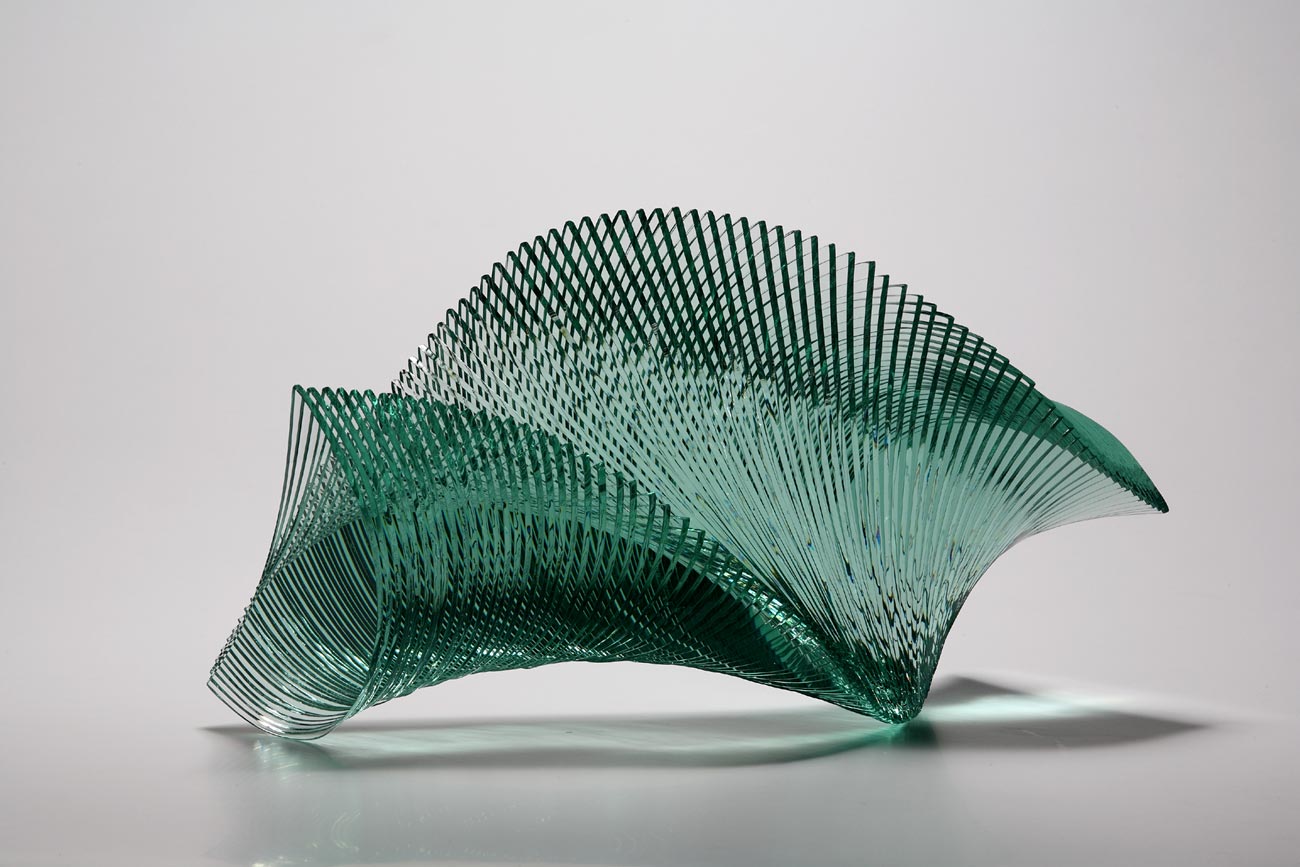

The Evolution and Benefits of Curved Insulated Glass Units
In recent years, the architectural industry has seen an increasing demand for innovative design solutions that marry aesthetics with functionality. Among these advancements, curved insulated glass units (CIGUs) have emerged as a transformative element in modern building design. This article explores the evolution, benefits, and applications of CIGUs, making a case for their role in the future of architecture.
What Are Curved Insulated Glass Units?
Curved insulated glass units are specially manufactured glass panels that are both curved and insulated. Unlike traditional flat glass, these units are formed into arcs or curves, allowing for unique architectural features that can enhance the overall design of buildings. The insulation within these glass units typically consists of two or more layers of glass with a spacer filled with argon or another insulating gas, which greatly improves thermal performance.
The Evolution of CIGUs
The history of curved glass can be traced back centuries, but advancements in technology have only recently allowed for reliable production of curved insulated glass units. Initially, buildings featured flat glass windows, limiting design flexibility. However, as methods for bending glass became more refined, architects began experimenting with curves, leading to the development of CIGUs.
One of the key milestones in the evolution of CIGUs occurred with the advent of computer-aided design (CAD) and advanced manufacturing techniques. These innovations allowed architects and engineers to visualize and fabricate complex curves accurately, ultimately driving the popularity and feasibility of CIGUs in architectural projects.
Benefits of Curved Insulated Glass Units
1. Aesthetic Appeal One of the most immediate advantages of CIGUs is their ability to create striking visual effects. Curved glass can enhance building facades, allowing architects to play with light and shadows, creating a more dynamic and engaging appearance.

2. Design Flexibility CIGUs offer architects remarkable design flexibility. Curved facades can help in overcoming limitations inherent in traditional flat surfaces, enabling the creation of eye-catching shapes that would otherwise be impossible.
3. Thermal Performance Insulated glass units provide superior thermal insulation compared to standard glass. The multiple layers and gas-fill reduce heat transfer, leading to more energy-efficient buildings. This is particularly important in today’s environmentally conscious market, where sustainability and energy efficiency are top priorities.
4. Acoustic Insulation CIGUs can also serve to reduce noise pollution. The additional layers of glass and insulating materials help in muffle sound, making them ideal for urban environments where external noise is a concern.
5. Safety and Durability Modern CIGUs are typically manufactured with laminated or tempered glass, enhancing their safety and durability. In case of breakage, bonded layers help to hold the glass together, preventing shattering and increasing safety for building occupants.
Applications of Curved Insulated Glass Units
CIGUs are readily adaptable for various applications, including commercial buildings, residential homes, and public spaces. They are often seen in high-rise buildings, museums, and shopping centers where a unique aesthetic is desired. For instance, iconic structures like the Apple Store in Chicago and the London Aquatics Centre use curved glass to create expansive, light-filled interiors while maintaining energy efficiency.
Conclusion
Curved insulated glass units represent a significant innovation in building design. Their unique combination of aesthetic appeal, design flexibility, enhanced thermal performance, and safety features makes them an attractive option for architects and builders. As the demand for sustainable and visually striking buildings grows, CIGUs are poised to play an increasingly vital role in shaping the architectural landscape of the future. Embracing the potential of curved glass not only elevates the design of structures but also contributes to the overall environmental goals of reducing energy consumption and improving living conditions within urban environments.